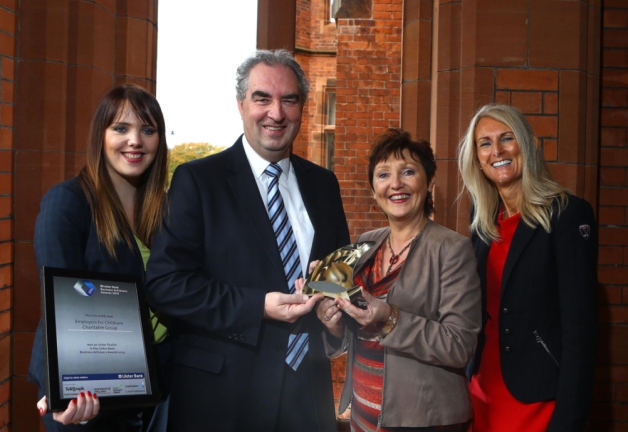Home
About Us
Mechanisms Mediating Osteoarthritis in Aging
by: TopGovernmentGrants Editorial StaffThe National Institutes of Health, otherwise known as NIH, is an agency operating within the United States Department of Health and Human Services that is primarily responsible for pursuing all of the country's biomedical and health-related research studies.
|
|
The actions of the NIH are carefully guided by their overall agency mission which is to obtain a deeper understanding of medical conditions that could potentially help them detect, prevent, diagnose, and treat diseases and disabilities.
In line with this objective, the National Institutes of Health, in close cooperation with The National Institute on Aging and the National Institute of Arthritis and Musculoskeletal and Skin Diseases, has recently established a program called Mechanisms Mediating Osteoarthritis in Aging in an effort to improve and encourage the characterization of new and underutilized models in order to gain a deeper understanding of mechanisms that are involved in osteoarthritic progression.
Osteoarthritis is a common degenerative joint disease that usually affects the elderly population from 50 to 80 years old and above. The disease limits the mobility of the person and brings so much pain and inconvenience. It is often associated with mechanical abnormalities involving degradation of joints including articular cartilage and subchondral bone. The symptoms of this degenerative disease condition are joint pain, tenderness, stiffness, locking, and joint effusion.
The program aims to obtain a deeper understanding of the mechanisms that are involved in osteoarthritis through conducting research studies on genetically defined and modified mouse models, dogs, monkeys, and even archived human joints.
(continued...)
Mechanisms Mediating Osteoarthritis in Aging
Page 2
About The Author
The TopGovernmentGrants Editorial Staff maintains one the most comprehensive Websites offering information on government grants and federal government programs. The staff also provides resources to other Websites with information on grants for youth programs and home improvement grants. |
Additional Resources
category - Health Grants
Clinical Trials for Organ Transplantation in Children Program
Nurse Education, Practice, Quality and Retention (NEPQR) Program - Interprofessional Collaborative Practice
Money Follows the Person Rebalancing Grant Demonstration Program
National Heart, Lung, and Blood Institute Career Transition Award
Follow @topgovtgrant
Social Entrepreneurship
Spotlight
Childcare Charitable Group Named Top Social Enterprise

Employers For Childcare Charitable Group (EFCG), a Lisburn-based charity, has been crowned top Social Enterprise at the Ulster Final of 2014’s Ulster Bank Business Achievers Awards. EFCG seeks to “make it easier for parents with dependent children to get into work and to stay in work.”
